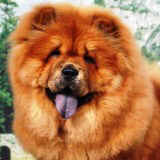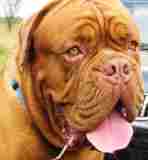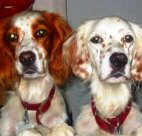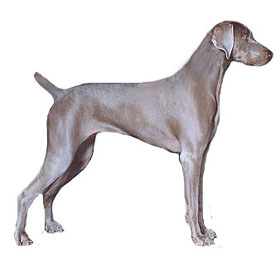AKC Dog Breeds: Weimaraner

As dog owners and people who care deeply for animals and wildlife, we wanted our Dog Encyclopedia to be a website that could empower pet owners to create the most positive, loving environment for their dogs. Dog Encyclopedia realizes that owning a dog is like adding a new member to your family.
Sporting Group
Height: 22-27 inches Weight: 50-70 pounds Color: brown, tan, blue, grey
Height: 22-27 inches Weight: 50-70 pounds Color: brown, tan, blue, grey











